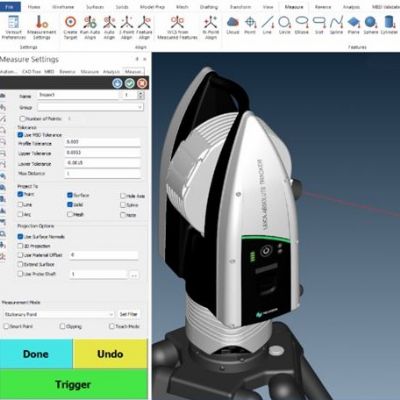The Best Approach to ERP Implementation: Phased
January 1, 2017Comments
Over the past decade, businesses generated an unprecedented quantity of patents, products and profit models. In order to thrive in this age of explosive growth and competition, businesses must maximize resource efficiency using tools inline with the pace of the 21st-century marketplace.
Arguably the most important of these tools is enterprise resource planning (ERP) software, for many manufacturers the cornerstone of any program designed to improve organizational and operational efficiency. As organizations make their transition into the age of innovation, many are taking on new initiatives to move away from antiquated business practices and procedures. The ‘if it ain’t broke’ mentality has encouraged practices like tracking production and inventory on hand-written documents, forecasting and procurement data reactively based on assumptions and opinions (rather than true facts and figures) and analyzing company key-performance indicators through manually created and maintained spreadsheets.
Although it is important for companies to automate and improve all areas of their businesses, it is important to keep in mind the amount of work and effort required to properly implement a new ERP system. If workers take on too much during an ERP implementation, several risks can arise that not only can jeopardize the project but the organization as a whole. Most ERP packages are broken up into modules. Whether the ERP provider charges by the module or by the work involved to set up, configure and train on these modules, there always is a cost associated with each module. Taking on more modules than necessary will result in the drowning of project resources and time, extended project timelines, and a possible decrease in training retention—all of which create exorbitant costs that will quickly deplete the budget.
Through close communication with the ERP provider in the initial planning phase of the project, you can develop a project plan that will help deter some of these risks and their associated costs. When first analyzing your company needs, qualify the benefits of each of the modules and only plan to implement those that truly deliver value. If the list of modules is still considerable, develop a phased project approach, rather than implementing all of the modules in one single instance. This approach provides cost benefits including more time for users to adapt to the system as they go, avoiding retraining and inflated support costs. Additionally, by using a phased approach you can mitigate the risk of possible go-live disasters.
This blog post originally appeared on the website of software provider Abis, Inc., Houston, TX, and is reprinted in part here with permission: http://www.abiscorp.com/index.php/category/blog.
See also: Abis, Inc.
Technologies: Management









 Podcast
Podcast